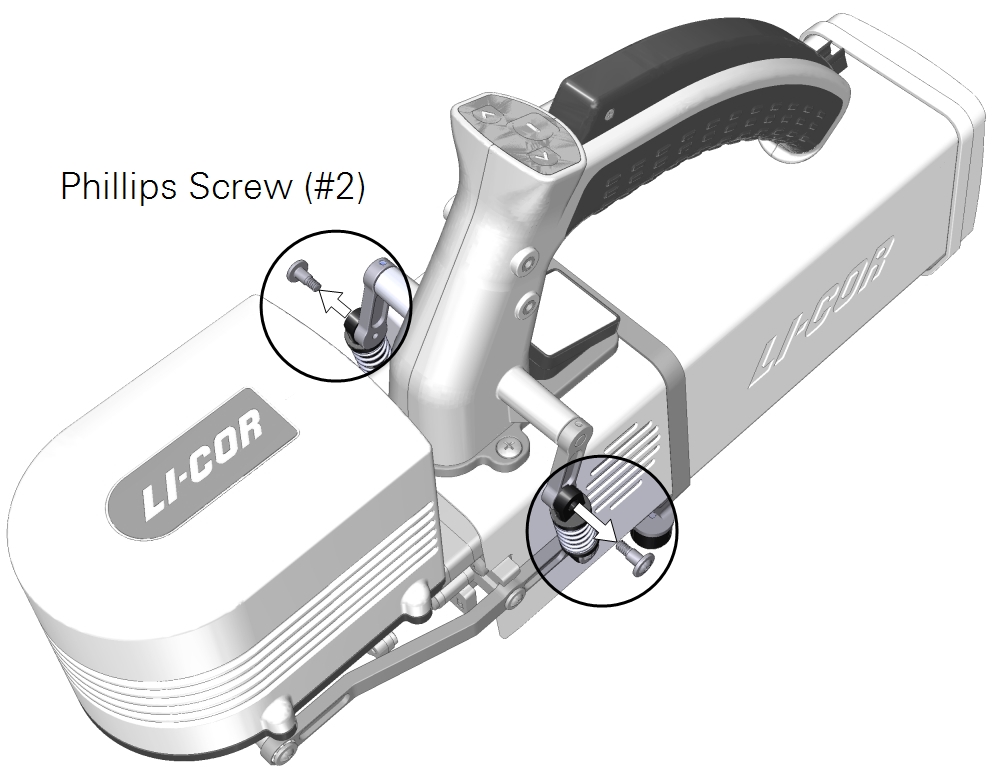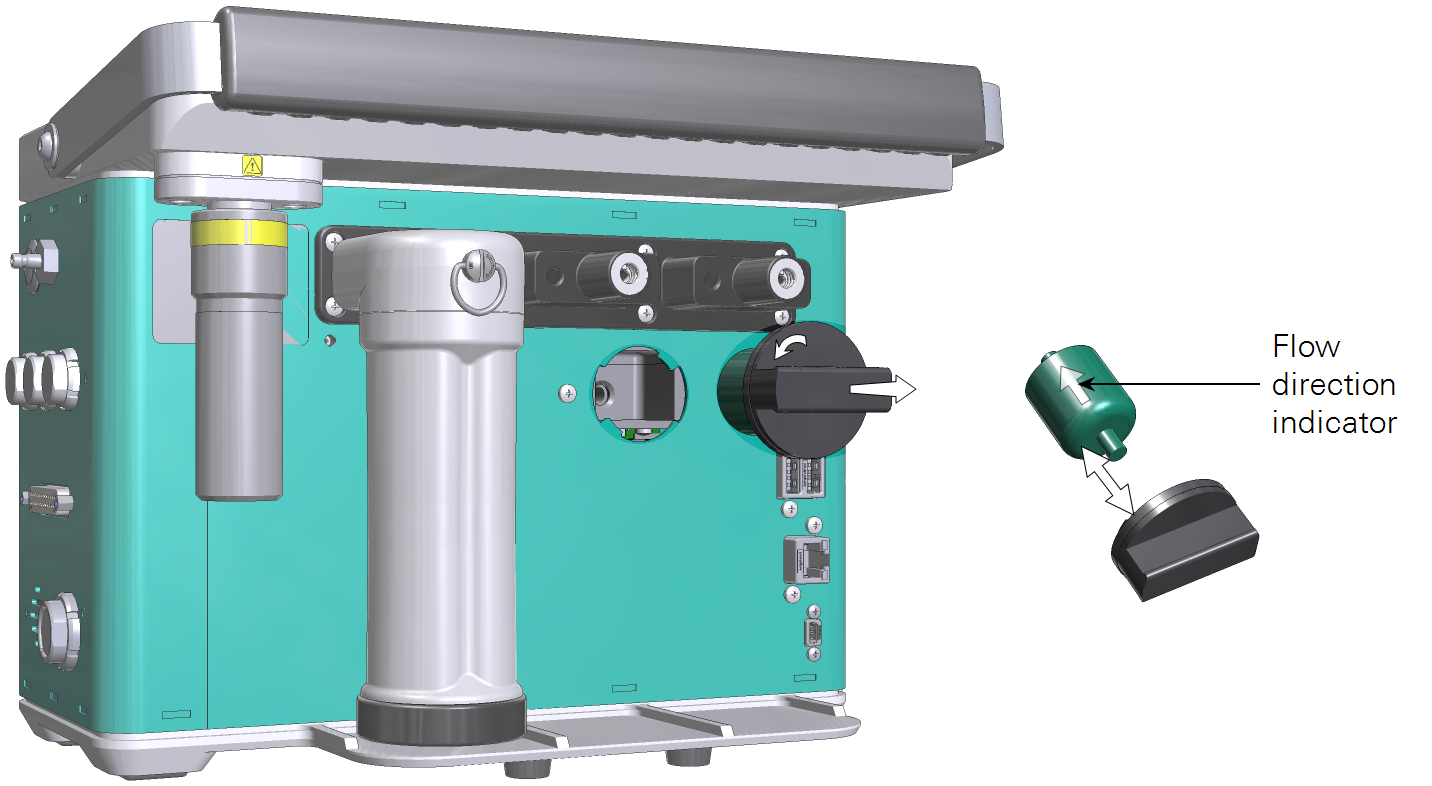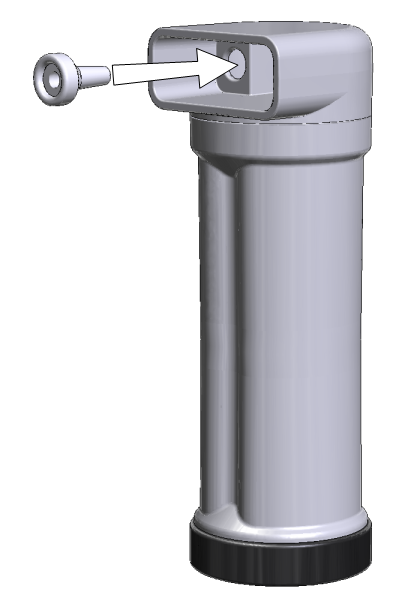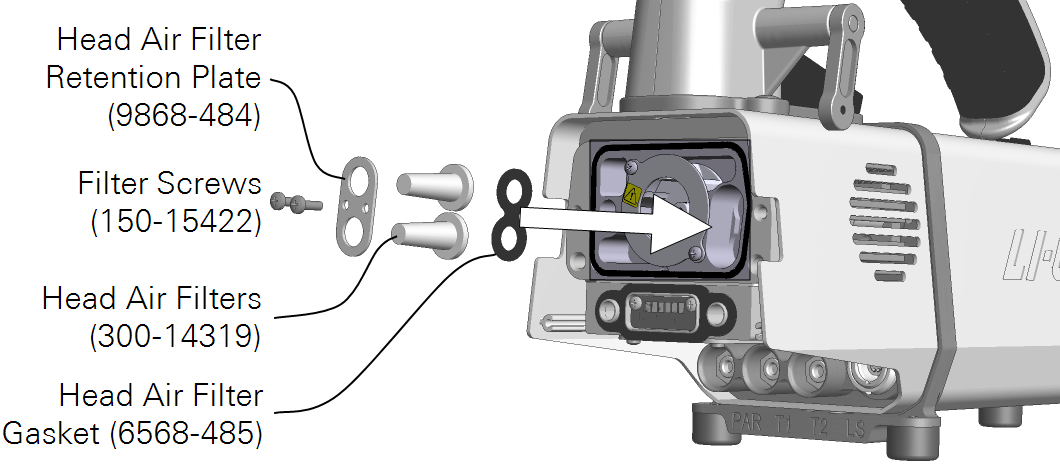Going on a remote field trip? What would a LI-COR scientist bring?
If you plan on going on a field trip with limited access to supplies and troubleshooting tools for your LI-6800, it is good to think through the items you may need in order to keep your instrument fully functional. To help you with this, we have put together a list of supplies that we think may be helpful. Many of the items are provided in the instrument or chamber spare kits and accessory case:
- Chemicals – taking extra soda lime (part number 9964-090) and desiccant (either silica gel, part number 622-16951, or Drierite, part number 622-04299) is strongly recommended. Extra Stuttgarter Masse may or may not be needed; it's handy to have in case you drop some. Clean water will also be needed for wetting the Stuttgarter Masse. How much of each chemical you need will depend on the environment (desert? rain forest? etc.).
- Batteries – A couple of spare batteries (part number 442-11807) are always handy to have. How many will be needed? Think through the power situation at your field site: will AC power be available? Will a generator be available? How long will you have to operate between times you can recharge batteries? What other demands on the generator/charger will there be, i.e., will you be able to recharge as often as you think you can? Would external DC power (deep cycle marine battery) be worth considering? If so, you will need the power cable adapter (part number 9968-242; not in the spares kit or accessory case). The external battery charger (part number 590-11830; included in the accessory case) will also be useful in charging additional batteries.
- CO2 cartridges - CO2 cartridges are available from LI-COR (part number 9968-227), or from anywhere that sells 8-gram food-grade CO2 cartridges. How many do you need? One cartridge will typically last about eight hours once it is pierced. Also, how will they get to your remote site (you can’t carry them on airplanes)? Will there be a local supplier?
Note: when the situation is desperate and no CO2 cartridge is available, a buffer volume can be used to partially condition the incoming console air. Only survey measurements are possible when a buffer volume is being used, and the data will be noisier. - Gaskets – dirty AP gaskets can be washed with soap and water. If a gasket is damaged or sliding off, they need to be replaced. Spare gaskets can be found in the chamber spare parts kit. Part numbers for the various chambers and apertures can be found in the LI-6800 manual in Section 1. A few common gaskets are listed below.
| Description | Part Number |
|---|---|
| Fluorometer gaskets | |
| 2 cm2 AP Gaskets (white upper/lower) | 6568-512 |
| 6 cm2 AP Gaskets (white upper/lower) | 6568-566 |
| Clear-top leaf chamber gaskets | |
| 3×3 cm AP Gaskets (white upper/lower) | 6568-511 |
- Leaf thermocouple – it is always good to bring a spare (part number 9968-245; one extra located in the instrument spare parts kit). Before leaving on your trip, double check that both thermocouples work in both the T1 and T2 port on the sensor head. Also take care on how you package them; they can break.
- Chamber latch screws – if screws are lost when swapping chambers (part number 146-14474; six screws are provided in the instrument spare parts kit).

- Chemical column – in case that one of your instrument’s chemical columns get cracked, it's a good idea to bring one extra column to avoid large leaks and unstable CO2 and H2O (part number 9968-225; not in the instrument spare parts kit or accessory case).
- Bev-a-line tubing – extra air hose tubing if the existing tubing gets damaged (part number 222-01824; 4.5 m of tubing is provided in the instrument spare parts kit).
- Filters – extra filters may be needed if you are working in very dusty environments. There is a filter located right behind the air inlet (part number 9968-211; one provided in the instrument spare parts kit), two filters in each of the chemical columns (part number 300-14319; 12 located in the instrument spare parts kit), and two sensor head filters located behind the chamber (same as the chemical column filters, part number 300-14319).




- Propafilm and double-sided tape – for those using clear-top chambers (part number 9964-151; one kit in the instrument spare parts kit).
- Quick-connect couplers – if the air hose connector fails to latch for some reason (part number 300-07125; one provided in the instrument spare parts kit).
- Tools – the necessary screwdrivers for swapping chambers and accessing the IRGAs are provided in the instrument spare parts kit. However, you will need a pair of sharp scissors or a sharp box cutter if you need to cut new Bev-a-Line tubing.
- Zero kit – bring in case you need to zero the IRGAs. If there will be elevation changes, make sure you are using 1.4.x software, which has a much improved pressure correction for the IRGAs.
- Light colored tarp – can be good to keep underneath the instrument whenever you are replacing filters, chambers etc. to minimize the loss of loose parts.
- Manual – download the latest version onto your phone, tablet, or computer (can be accessed from licor.com/support/LI-6800/manuals.html). Or go old school and bring a hard copy of the manual.
- Data handling - What is the plan for getting data off the instrument and archived? How often will you be able to do this? Test your plan before you leave. And make sure whatever devices, cables and connectors are involved are brought along. Have more than one of every critical component (USB stick, cable adapter, etc.).
